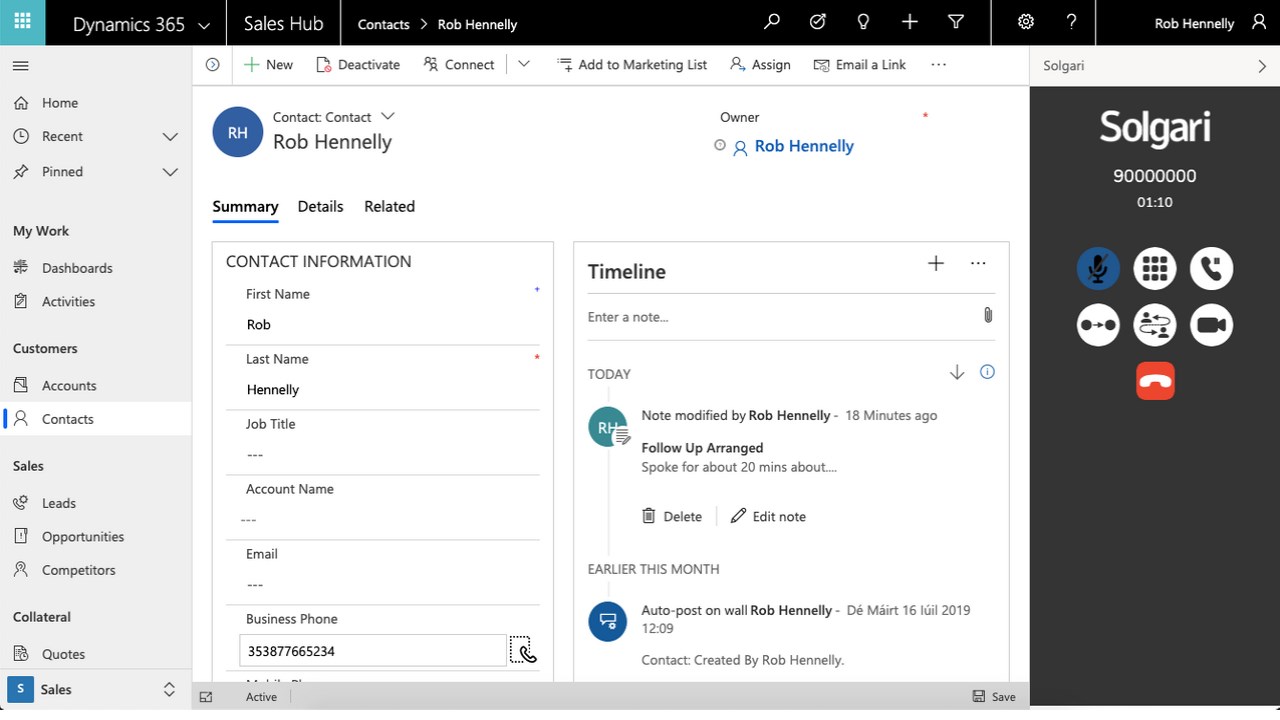I originally had a different article planned for today, but with the current situation that’s happening over the world, I decided to change what I was going to talk about.
The world has gone crazy, in so many ways. There’s plenty of information out there around what’s happening, and with best advice to people as to how to deal with things, cope, etc. I’m not going to cover that (besides, it’s likely that things will change over time, which means that anything I write could be out of date soon).
Instead, I’m going to address one of the specific issues that I’m seeing again and again. This is the bottleneck that people are facing when trying to contact companies, whether the company is their bank, their utility provider, their health provider, or even travel companies.

Regardless of whether people are trying to cancel an existing holiday & get a refund, speak to their bank to get a mortgage holiday, or get medical advice, they’re facing the same major issue – they’re not the only ones trying to get through. Phone lines are jammed (assuming that they’ve not been stopped due to agents being sick), static forms where you fill in information aren’t liked (as you don’t know what the actual status of things are), and online chat takes an absolute age. I had an online chat session with Amazon two days ago, and it took over an hour for one of their associates to join my session to help me.
Go to any major company website, and you’ll probably see something like the following (this is from British Airways):

I’d like to be clear – companies couldn’t really have forecast all of this happening, if you’d go back several months.
But what companies can, and should have in place, are clear communication protocols that actually enable them to handle a massive scale-up of customers contacting them. It’s not going to be perfect, but can help mitigate the bottleneck to certain degrees.
Having an efficient system can allow a single agent to handle multiple communication streams at the same time. Indeed, it’s not just about handling multiple web-chat sessions concurrently – it’s also about handling communication across different mediums. So agents can handle webchat, Facebook messages, Twitter DM’s, etc.
This is, I believe, where products such as Omnichannel for Dynamics 365 can really come into their own, and shine through. Using it, companies can ensure that their workforce (which is likely to be impacted as well by the situation) can be as best empowered as possible, and assist customers as speedily as they are able to.

Hopefully the current situation will resolve itself as soon as possible, and coming out from it, we should look to carry out any efficiencies that we are able to. This will allow companies to better serve their customers moving forward, and streamline communication channels.
I hope & pray that everyone stays safe & healthy through this crisis, and that we help each other out (to the best of our abilities) to get through it.




